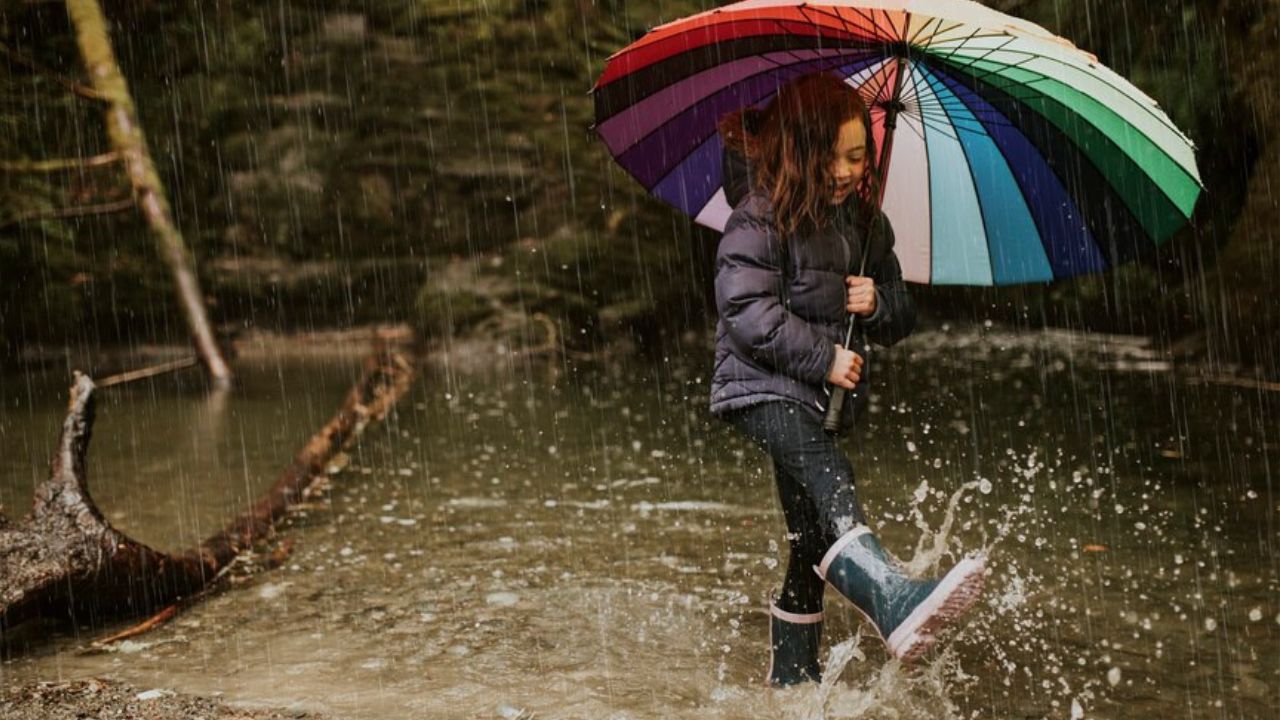The southern United States is home to some of the most unique and ecologically rich environments in the country. Among these are the vast and often mysterious swampy area southern us that define the region’s landscape. From the Everglades in Florida to the bayous of Louisiana, these wetlands play a crucial role in the environment and culture of the South. This article delves into the characteristics, importance, and hidden wonders of the swampy areas in the southern U.S.
Understanding Swampy Areas: What Defines a Swamp?
Swamps are wetlands characterized by saturated soils and the presence of standing water, often covered by dense vegetation. These areas can be freshwater, saltwater, or brackish, depending on their location and proximity to the coast. Swamps are typically found in low-lying areas and can be either forested, with trees such as cypress and mangroves, or shrub swamps, dominated by shrubs and other low-lying vegetation.
Swampy areas in the southern US. are particularly abundant due to the region’s warm climate and frequent rainfall. These conditions create an ideal environment for the development of extensive wetlands, which support a wide range of plant and animal life.
The Ecological Importance of Swamps
Swampy area southern usserve as critical habitats for a diverse array of wildlife, including birds, reptiles, amphibians, and fish. The dense vegetation and slow-moving waters provide shelter and breeding grounds for many species. Additionally, swamps play a vital role in water purification, as they filter pollutants and sediments from the water that flows through them. This natural filtration process helps maintain the quality of the region’s water resources.
Moreover, swamps act as natural buffers against floods and storms. During heavy rainfall or coastal storms, swamps can absorb and store excess water, reducing the risk of flooding in nearby areas. This ability to mitigate flood impacts is especially important in the southern U.S., where hurricanes and tropical storms are common.
Notable Swampy Areas in the Southern U.S.
- The Everglades, Florida
- Perhaps the most famous swamp in the United States, the Everglades is a vast subtropical wetland that covers much of southern Florida. Known as the “River of Grass,” the Everglades is home to an incredible variety of wildlife, including alligators, panthers, and manatees. It is also one of the most biologically diverse ecosystems in the country.
- The Okefenokee Swamp, Georgia/Florida
- Spanning the border between Georgia and Florida, the Okefenokee Swamp is one of the largest freshwater swamps in North America. This swamp is a maze of cypress forests, peat bogs, and winding waterways, making it a haven for outdoor enthusiasts and wildlife lovers alike.
- The Atchafalaya Basin, Louisiana
- The Atchafalaya Basin is the largest swamp in the United States and is located in south-central Louisiana. This swamp is a critical part of the Mississippi River Delta and is known for its rich cultural heritage, particularly the Cajun and Creole communities that call it home. The basin is also a crucial habitat for migratory birds and various species of fish.
- Congaree Swamp, South Carolina
- Congaree National Park in South Carolina is home to one of the last remaining old-growth bottomland hardwood forests in the southern U.S. This swampy area is known for its towering trees, including some of the tallest in the eastern United States, and its rich biodiversity.
The Role of Swamps in Southern Culture
Swampy area southern us have a deep cultural significance in the southern U.S. They have been featured prominently in literature, music, and folklore, often symbolizing mystery, danger, and the unknown. The unique landscapes of swamps have inspired countless artists and writers, contributing to the region’s rich cultural tapestry.
In addition to their role in the arts, swamps are central to the way of life in many southern communities. Fishing, hunting, and trapping have been traditional ways of life for generations of families living in or near swampy areas. Today, many of these activities continue, alongside tourism and conservation efforts that seek to preserve these vital ecosystems.
you may read: Beauty and the Beast izle
Threats to Swampy Areas
Despite their ecological and cultural importance, swamps in the southern U.S. face numerous threats. Urban development, agriculture, and climate change are the primary drivers of wetland loss in the region. As swamps are drained or filled in for development, the ecosystems that depend on them are put at risk, leading to declines in wildlife populations and reduced water quality.
Additionally, climate change poses a significant threat to southern swamps. Rising sea levels, increased temperatures, and changing precipitation patterns can alter the delicate balance of these ecosystems, leading to the loss of habitat and biodiversity.
Conservation Efforts and Future Outlook
Recognizing the importance of swamps, numerous conservation efforts have been undertaken to protect and restore these valuable ecosystems. Federal and state agencies, along with non-profit organizations, are working to preserve existing wetlands and restore degraded areas. Programs like the Wetlands Reserve Program and initiatives by organizations such as the Nature Conservancy aim to safeguard swampy area southern us for future generations.
Furthermore, public awareness and education about the value of swamps are crucial in promoting conservation. By understanding the vital role these ecosystems play in the environment and the cultural heritage of the South, communities can better advocate for their protection.
Conclusion
Swampy areas in the southern U.S. are more than just mysterious and untamed landscapes; they are vital ecosystems that support a rich diversity of life and play a crucial role in maintaining the health of the environment. From the Everglades to the Atchafalaya Basin, these wetlands are treasures that deserve our attention and protection. As we face the challenges of a changing climate and increasing development pressures, it is more important than ever to recognize the value of swamps and work together to ensure their preservation for future generations.











